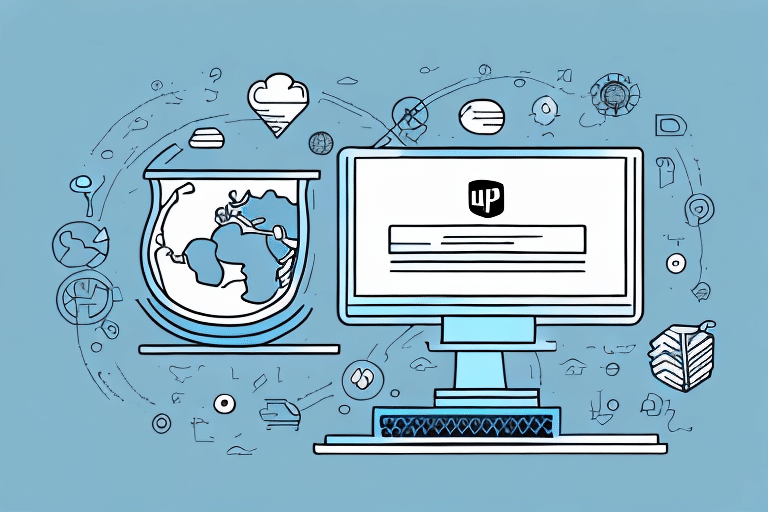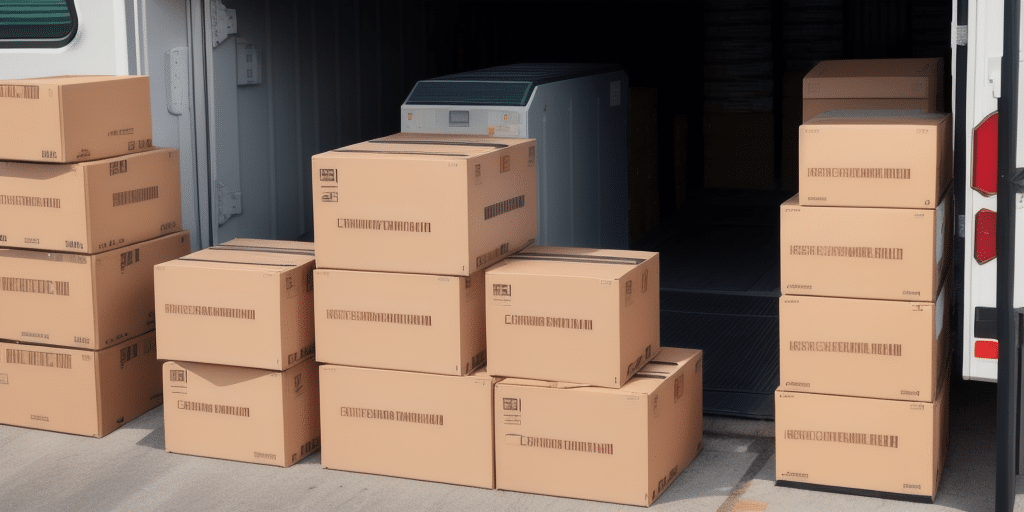How to Transition from Standalone to Remote UPS WorldShip
If you're currently using UPS WorldShip in standalone mode, there may come a time when switching to a remote setup becomes necessary. Remote UPS WorldShip offers enhanced capabilities for businesses with multiple locations, streamlining shipping operations and improving efficiency. This guide outlines the essential steps to transition your standalone WorldShip account to a remote environment, highlighting the benefits, prerequisites, and common challenges associated with the process.
Advantages of Switching to Remote WorldShip
Transitioning to remote WorldShip provides several significant benefits over the standalone version:
- Centralized Data Management: Manage shipping data from a single location, ensuring consistency and accuracy across all your branches.
- Enhanced Accessibility: Access shipping information from anywhere with an internet connection, facilitating remote work and real-time updates.
- Improved Efficiency: Automate various shipping processes, reducing manual effort and minimizing errors.
- Scalability: Easily accommodate business growth by managing shipping operations for multiple locations without added complexity.
According to the UPS WorldShip documentation, remote WorldShip can significantly enhance the operational efficiency of businesses with extensive shipping needs.
Standalone vs. Remote WorldShip: Key Differences
Standalone WorldShip
Standalone WorldShip is installed on individual computers, catering to single-location shipping operations. It offers direct control over shipping processes but may lack the scalability and centralized management features required by larger businesses.
Remote WorldShip
Remote WorldShip, in contrast, centralizes shipping data, allowing multiple users across various locations to access and manage shipping information seamlessly. This setup is ideal for businesses that require coordinated shipping activities and real-time data access.
For a detailed comparison, refer to the UPS WorldShip service page.
Benefits of Remote WorldShip
Enhanced Data Visibility and Control
Remote WorldShip provides comprehensive visibility into your shipping operations, enabling better tracking of shipments, monitoring of shipping costs, and management of shipping data across all locations.
Real-Time Tracking and Reporting
With real-time tracking, you can monitor the status of your shipments instantaneously, allowing for proactive management of any delays or issues. Customizable reporting tools help you analyze shipping performance and identify areas for improvement.
Improved Security and Compliance
Remote WorldShip ensures that your shipping data is securely managed, with access controls and compliance features that adhere to industry standards. This reduces the risk of data breaches and ensures that your shipping operations meet regulatory requirements.
Cost Savings and Efficiency
By automating shipping processes and reducing manual interventions, remote WorldShip can lead to significant cost savings and increased operational efficiency. Businesses can optimize their shipping strategies based on accurate data and insights.
Prerequisites for Transitioning to Remote WorldShip
Before switching from standalone to remote WorldShip, ensure the following:
- Valid WorldShip License: A current license that supports remote installations.
- UPS Account Number: An active UPS account linked to your WorldShip installation.
- Reliable Network Connectivity: A stable internet connection to facilitate seamless remote access.
- Compatible Hardware and Software: Ensure that your computer systems meet the UPS WorldShip requirements.
- Data Backup: Backup all essential data, including shipping preferences, address books, and shipment history, from the standalone installation.
Step-by-Step Guide to Changing from Standalone to Remote WorldShip
1. Download and Install Remote WorldShip
Begin by downloading the remote version of WorldShip from the official UPS WorldShip page. Follow the installation instructions provided to set up the software on your workstation.
2. Authenticate Your License
After installation, authenticate your WorldShip license to activate the remote features. This typically involves entering your license key and associating it with your UPS account number.
3. Import Data from Standalone WorldShip
Select the option to import existing data from your standalone WorldShip installation during the setup process. This ensures that all your shipping preferences and historical data are retained in the remote setup.
4. Configure Network Settings
Set up your network configurations to enable remote access. This may include configuring firewalls, VPNs, or other network security measures to ensure secure data transmission.
5. Associate with UPS Account
Link your remote WorldShip installation with your UPS account number to ensure seamless integration and access to all UPS services.
6. Adjust Printer Settings
After setting up remote WorldShip, adjust your printer settings to ensure that labels and other shipping documents print correctly from the remote system.
7. Test the Setup
Conduct test shipments to verify that the remote setup is functioning correctly. This helps identify and resolve any issues before fully transitioning.
Common Challenges and Solutions During the Transition
Network Connectivity Issues
Problem: Unstable or slow internet connections can disrupt the remote WorldShip functionality.
Solution: Ensure a reliable and high-speed internet connection. Use network diagnostic tools to identify and fix connectivity problems.
Authentication Errors
Problem: Incorrect license keys or account details can prevent successful authentication.
Solution: Double-check your license information and UPS account details. Contact UPS support if the issue persists.
Data Import Failures
Problem: Difficulties in importing data from the standalone version can result in data loss or inconsistencies.
Solution: Ensure that all data is properly backed up before attempting the import. Follow the import instructions carefully and seek assistance if needed.
Best Practices for Efficient Use of Remote WorldShip
- Restrict Access: Limit access to authorized personnel to maintain data security and prevent unauthorized activities.
- Maintain Updated Software: Regularly update Remote WorldShip to benefit from the latest features and security patches.
- Provide Staff Training: Ensure that your team is well-versed in using Remote WorldShip to maximize its benefits.
- Monitor Shipping Data: Continuously analyze shipping data to identify trends, optimize processes, and reduce costs.
- Implement Backup Plans: Have contingency measures in place, such as secondary installations or manual processes, to maintain operations during system failures.
Customizing Remote WorldShip for Optimal Performance
To fully leverage the capabilities of Remote WorldShip, consider customizing various settings:
- Shipping Labels: Design and set up professional shipping labels to enhance your brand image.
- Default Shipping Options: Configure default shipping methods and preferences to streamline order processing.
- Integration with Other Systems: Connect Remote WorldShip with your inventory, ERP, or CRM systems for seamless data flow.
For detailed customization options, refer to the UPS support resources.
Conclusion
Transitioning from standalone to remote UPS WorldShip can significantly enhance your shipping operations, particularly for businesses with multiple locations. By following the outlined steps and adhering to best practices, you can ensure a smooth and efficient transition, harnessing the full potential of Remote WorldShip to improve productivity and reduce costs.
Remember to regularly review and update your Remote WorldShip settings to align with your evolving business needs, ensuring that your shipping processes remain efficient and effective.




















